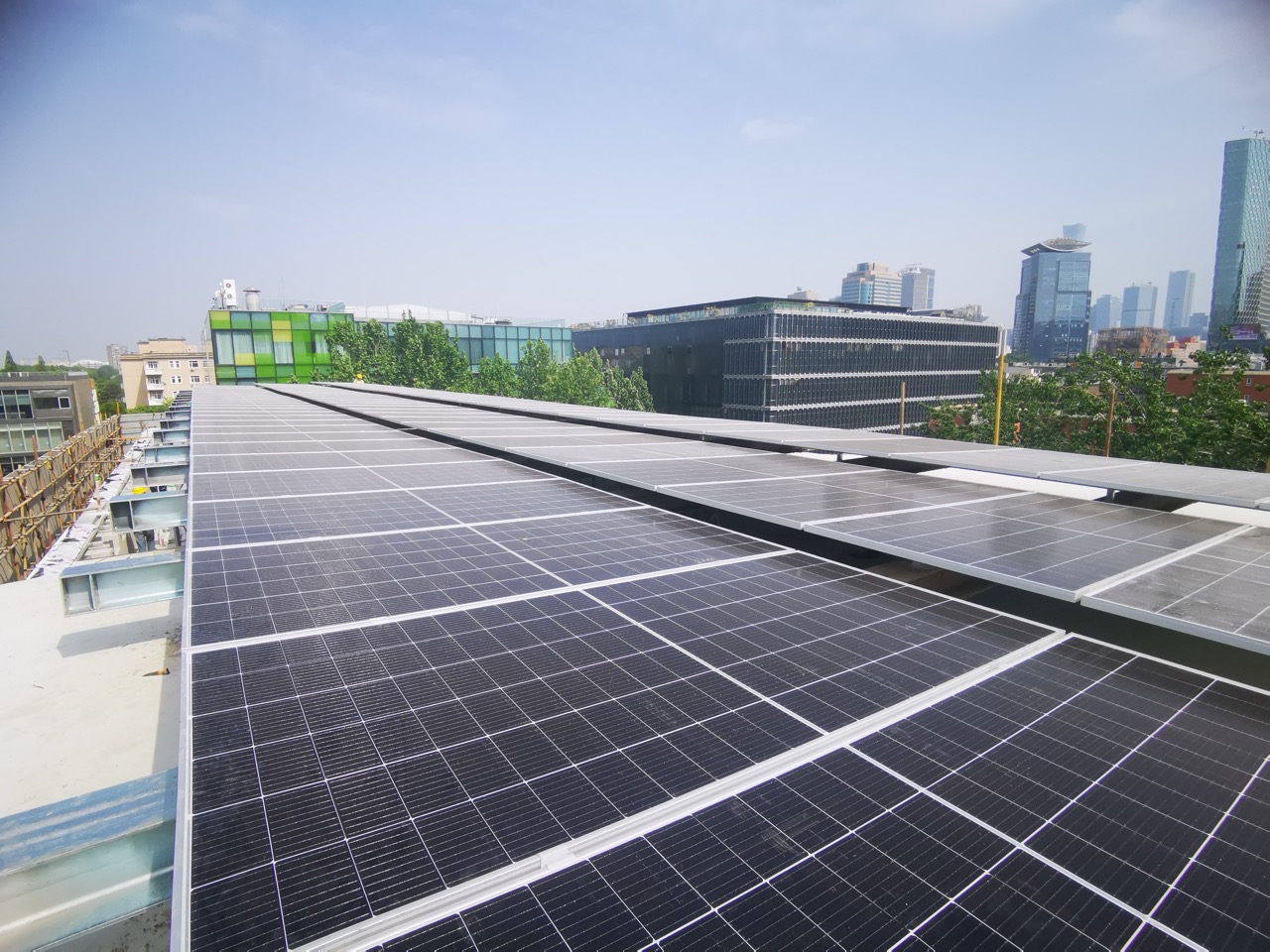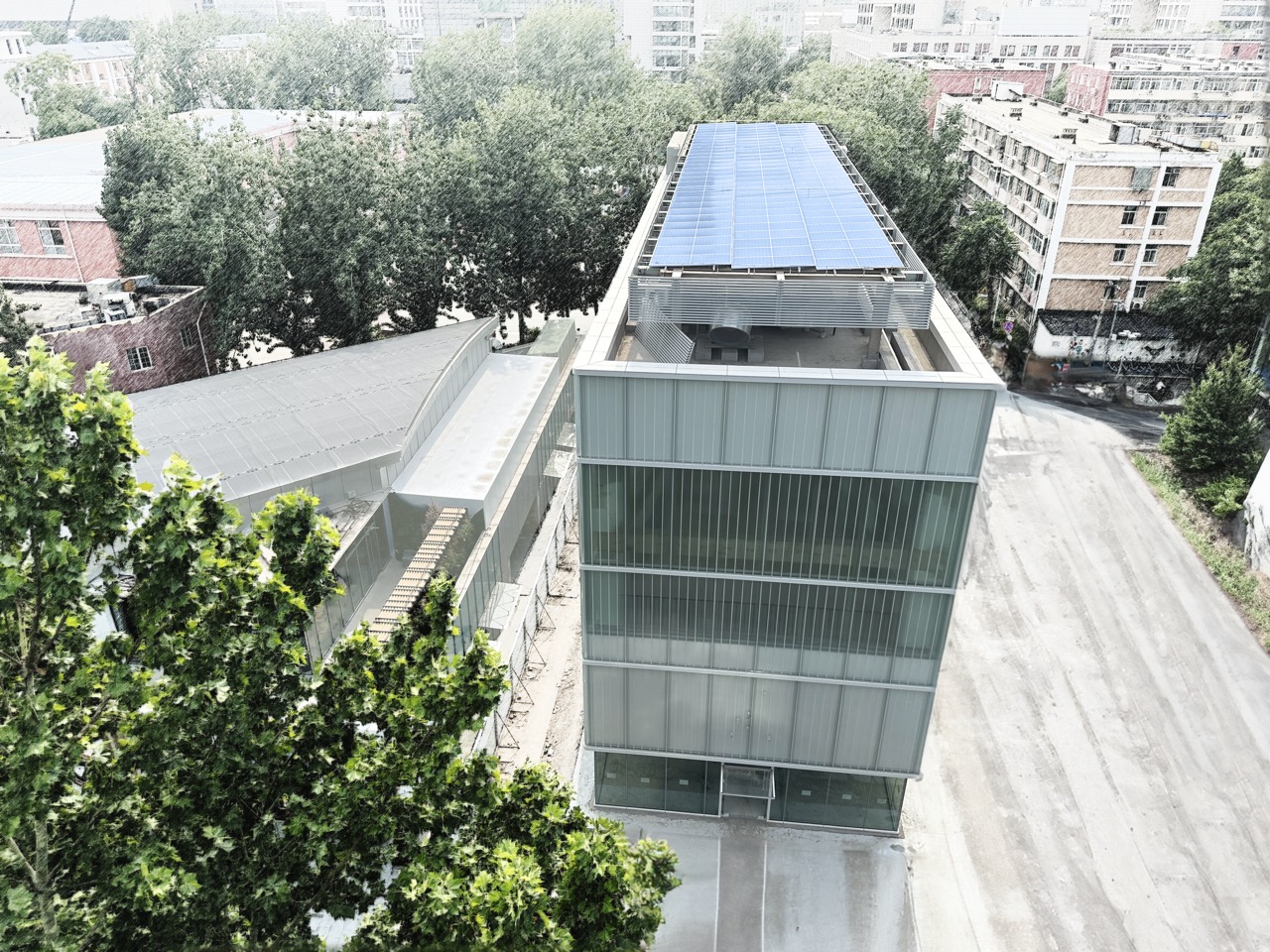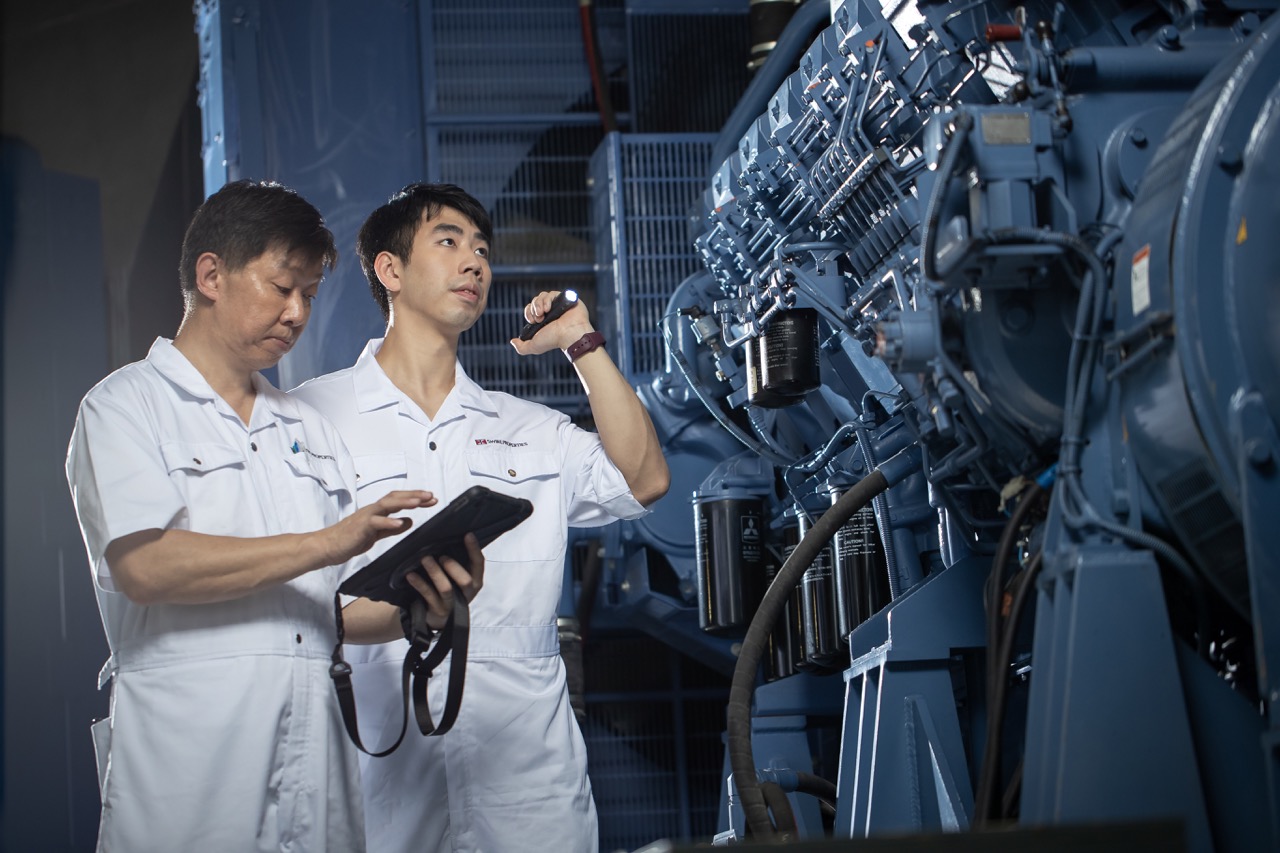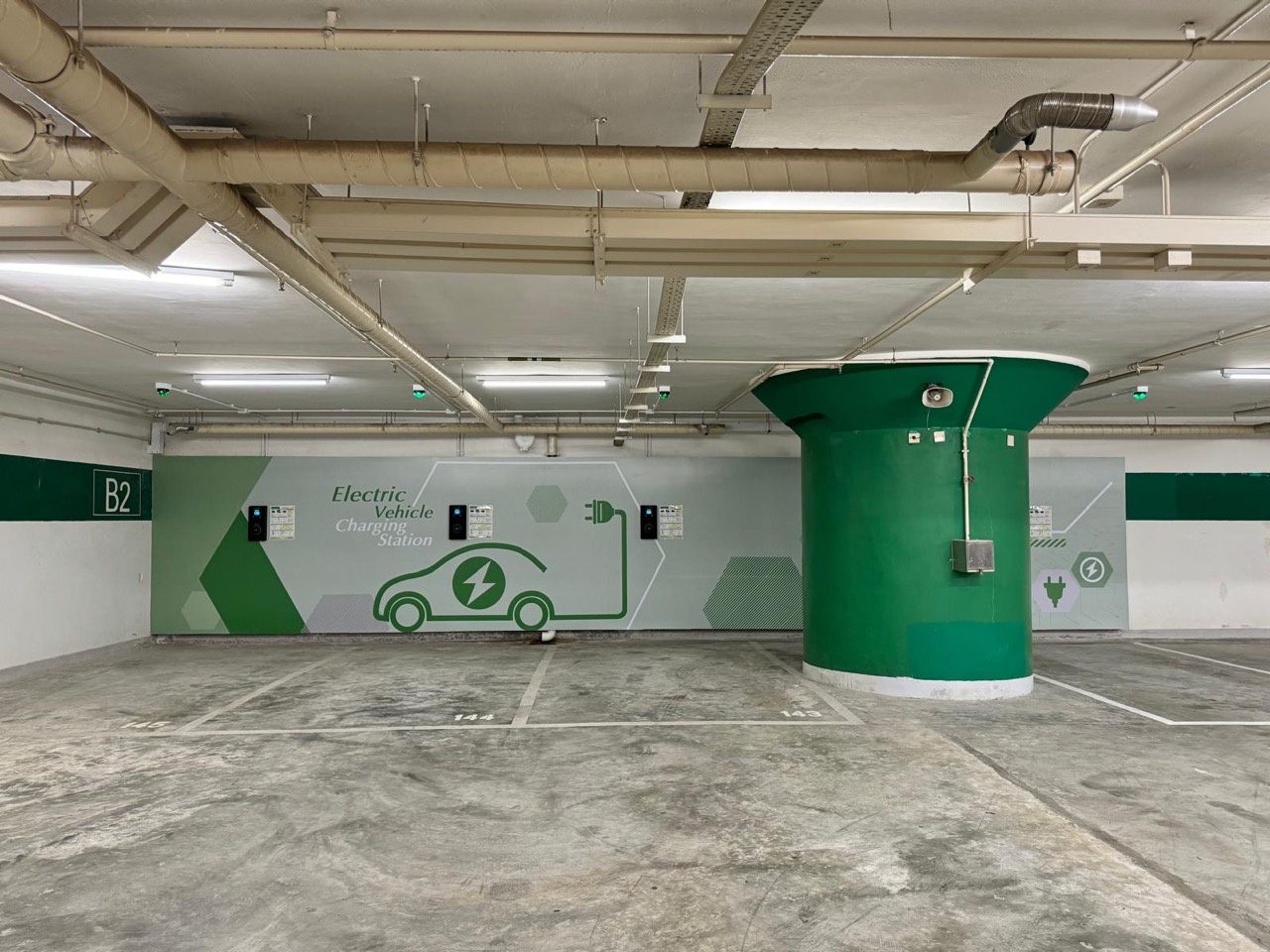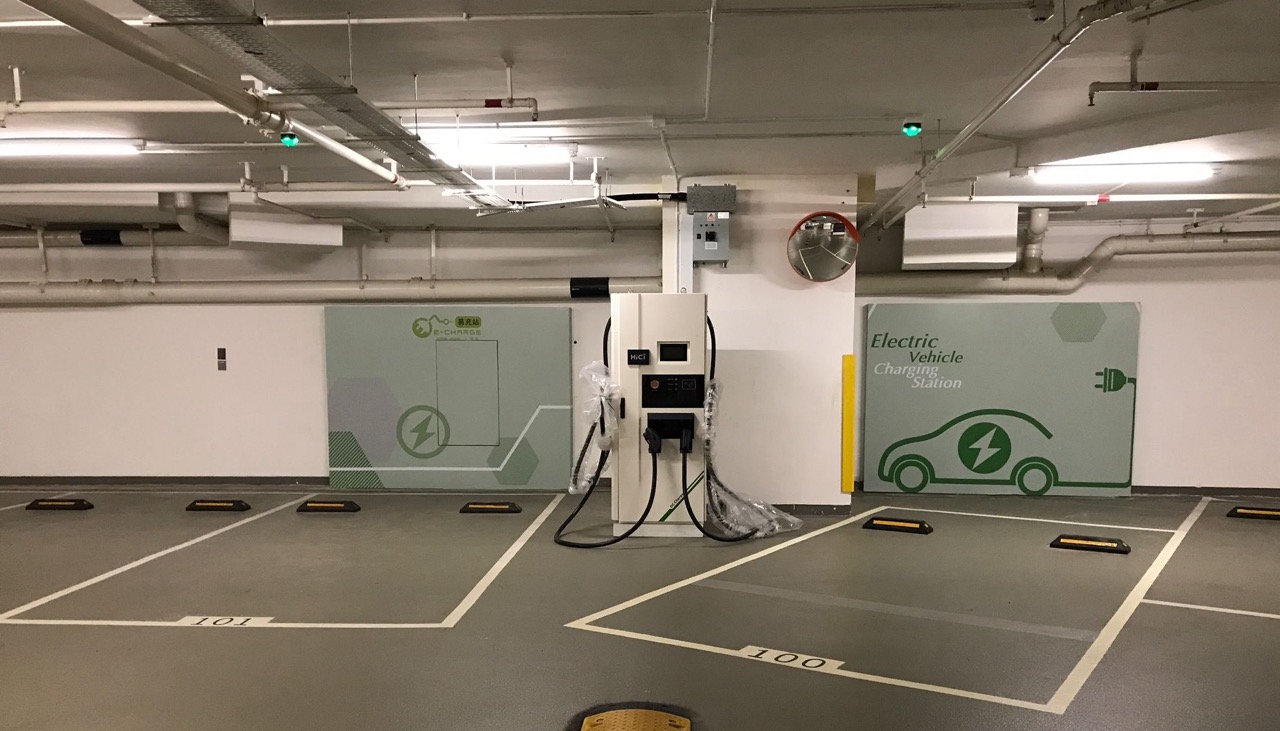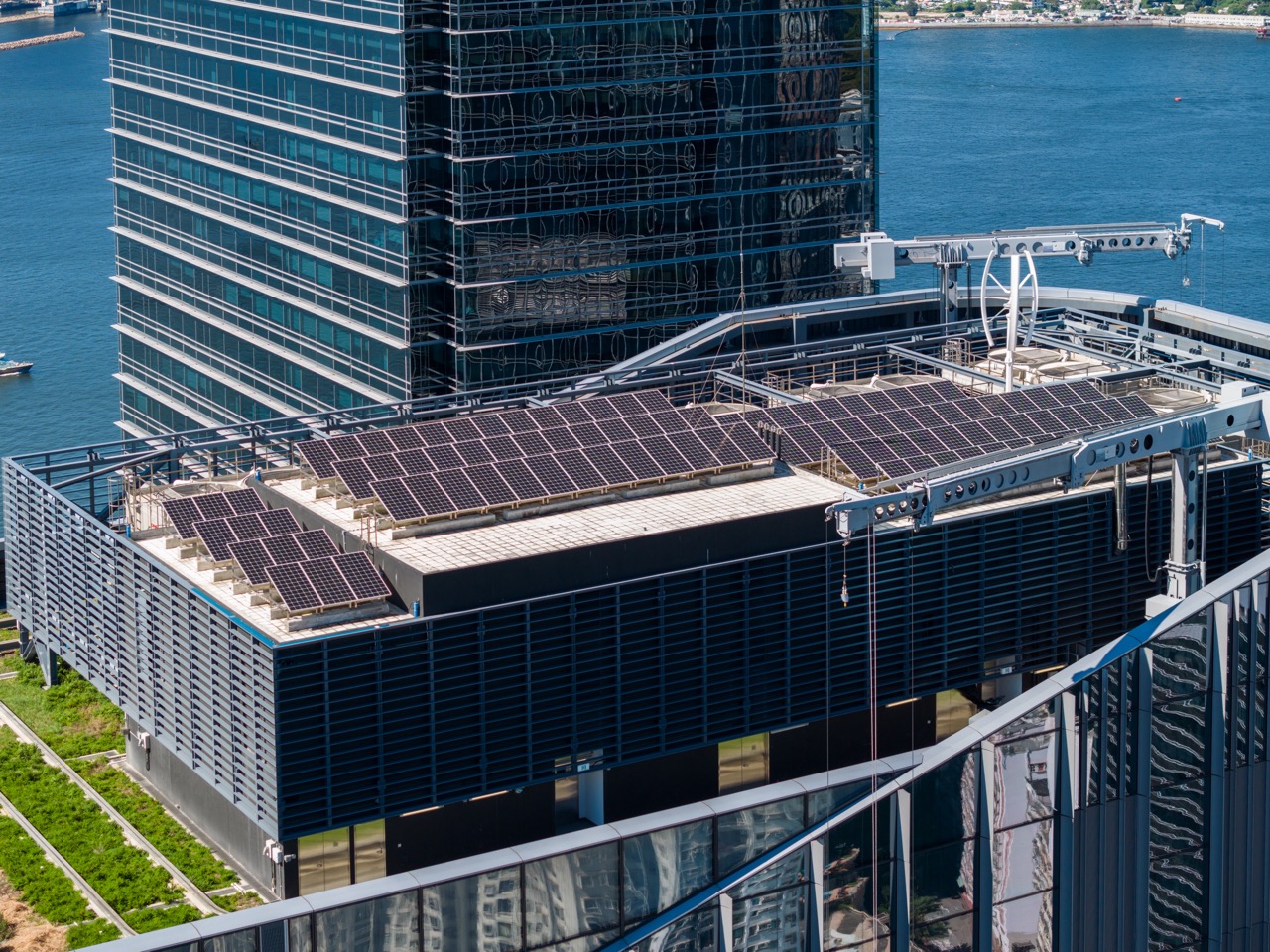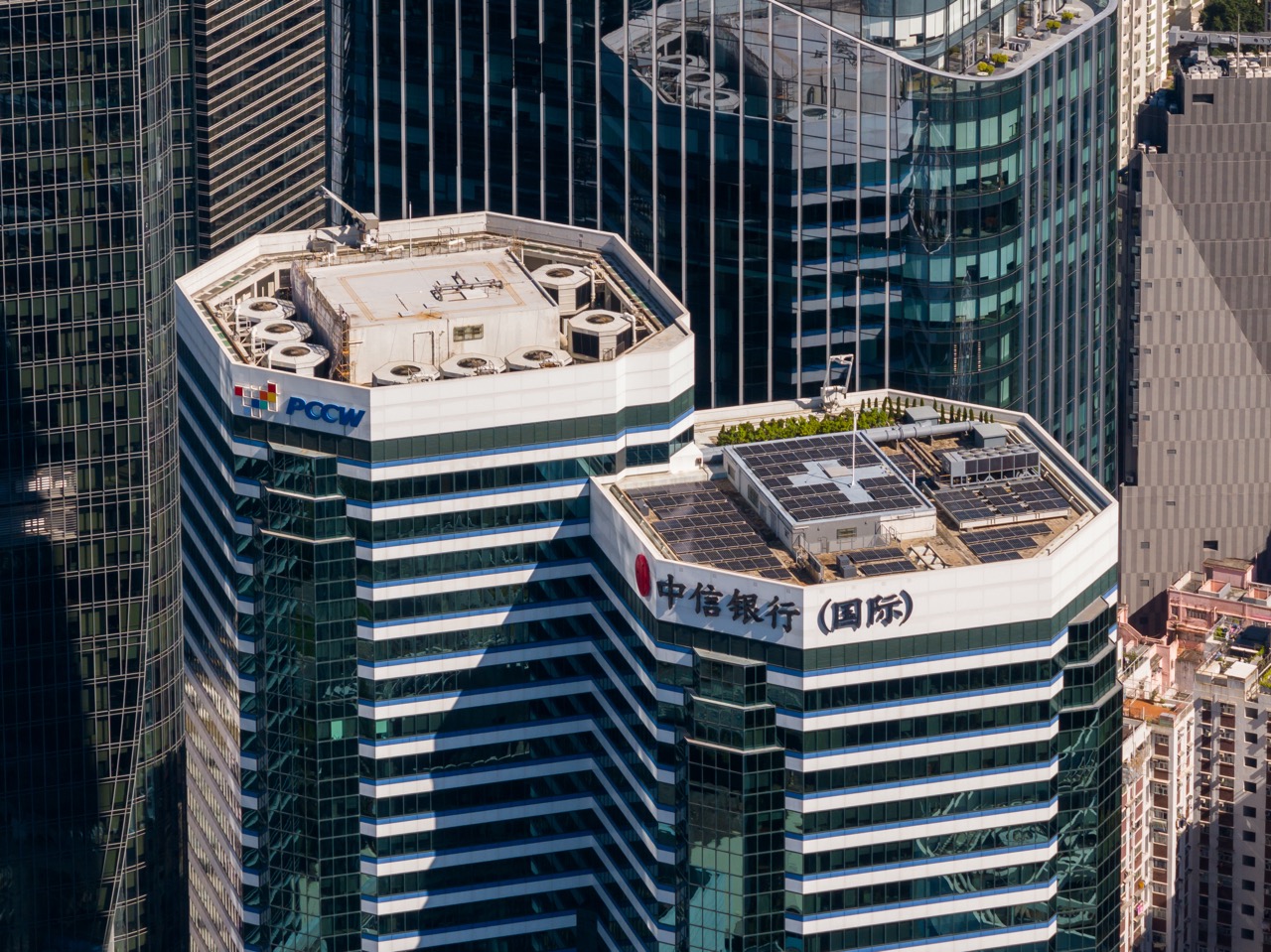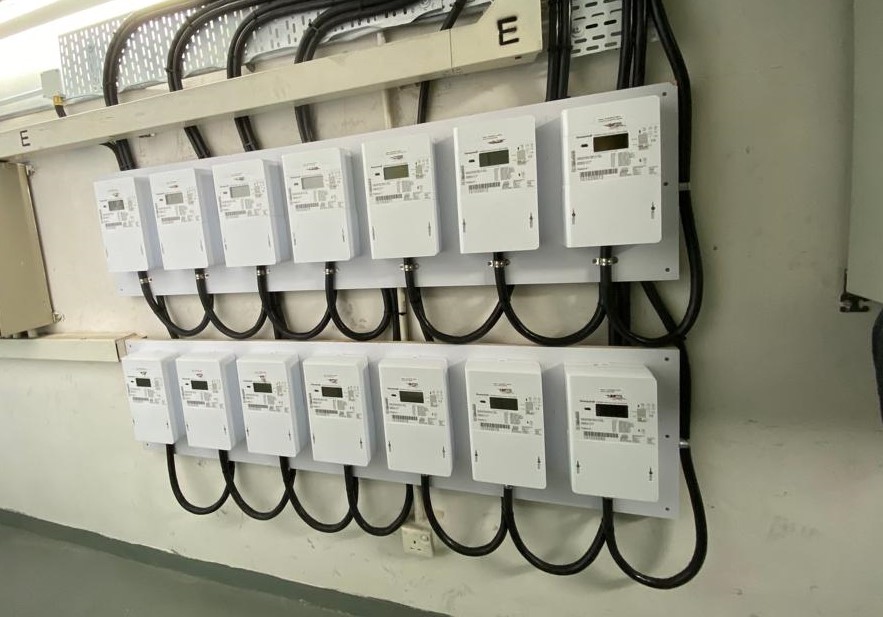Energy
GRI 302
HKEX Aspect A4, KPI A1.5, A2.3, A3.1
HKEX Aspect A4, KPI A1.5, A2.3, A3.1
Energy
GRI 302
HKEX Aspect A4, KPI A1.5, A2.3, A3.1
HKEX Aspect A4, KPI A1.5, A2.3, A3.1
Swire Properties strives to continually reduce the consumption of energy in our Hong Kong and Chinese Mainland portfolios and in our hotel operations. In 2024, we continued to employ a broad range of technologies and strategies to achieve this objective.
Some of our properties generate renewable energy on site, using it for operations and in some cases feeding power back into the electricity grid.
The relevant SDG is:
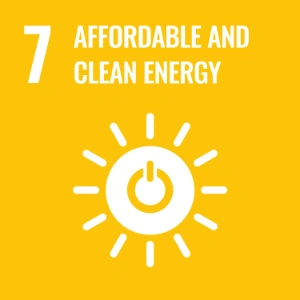
SDG 7
Ensuring access to reliable and sustainable energy.
Expanding our Photovoltaic, Energy Storage, Direct Current, and Flexible Power Distribution System Pilot Programmes
Expanding our Photovoltaic, Energy Storage, Direct Current, and Flexible Power Distribution System Pilot Programmes
Building on our successful pilot of a Photovoltaic, Energy Storage, Direct Current, and Flexible (“PEDF”) power distribution system at Taikoo Li Sanlitun, Beijing, we expanded the pilot to other portfolios in 2024, including Taikoo Hui Guangzhou, Pacific Place and Citygate in Hong Kong. We estimate that the technology will reduce carbon emissions by about 10% compared to conventional power distribution systems.
PEDF Systems at Taikoo Li Sanlitun and Taikoo Hui Guangzhou in Operation
Swire Properties’ PEDF systems at Building N15 and RED at Taikoo Li Sanlitun are now operational. On-site implementation work was completed in mid-2023, with a PEDF connection hub and two bi-directional electric vehicle chargers installed in the basement car park in early 2024. The bi-directional electric vehicle chargers apply Vehicle-to-Building (“V2B”) technology which can supply electricity power back to the building from vehicles’ built-in batteries during peak load times or power outages while ensuring that the EVs will have sufficient charge at the end of the workday.
System performance is evaluated on an ongoing basis. Significant energy savings of around 10% compared to traditional alternating current power distribution system are anticipated that will eventually result in cost savings to tenants and lower carbon emissions.
The PEDF pilot at Taikoo Hui Guangzhou was completed in the third quarter of 2024, where solar PV panels were installed and existing air conditioning equipment was modified to adopt the DC power generated from these panels for DC appliances inside offices. These tailor-made DC applications are expected to improve the flexibility and reliability of the energy supply.
Taikoo Li Chengdu PEDF System
The design for a PEDF system at Taikoo Li Chengdu has been completed. The system will see solar PV panels installed over almost 10,900 sq ft of flat roofs on multiple buildings in the complex, including the hotel and some retail buildings. The system is expected to generate approximately 200,000 kWh of renewable electricity annually. The design also aims to meet the criteria for a three-star PEDF award as defined in the “Assessment Standard for Photovoltaics, Energy Storage, Direct Current and Flexibility Systems in Buildings” (T/CABEE 055-2023) published by the China Association of Building Energy Efficiency (CABEE), reducing energy consumption by 5-10% and reducing the energy losses incurred when converting between AC and DC power. The DC-operated battery storage system will also add flexibility to the complex’s power demand control and maximise the capture of variable grid-provided solar power, enhancing Taikoo Li Chengdu’s power supply resilience.
PEDF Pilot in Hong Kong Commences
A new PEDF pilot project in Hong Kong commenced in 2024. This will focus on the office building and will tentatively be implemented in Citygate and Pacific Place by 2025.
The proposed designs for Citygate and Pacific Place anticipate annual electricity generation from PV of 25,000 kWh and 14,000 kWh, respectively.
Advancing Net-Zero Design into the Building Lifecycle
Advancing Net-Zero Design into the Building Lifecycle
We have set low-carbon design targets in our development portfolios in Xi’an and Sanya, for both operational and embodied carbon. These aim to reduce landlord energy-use intensity by 40% compared to other existing Chinese Mainland properties. These targets will be achieved through integrating advancing net-zero strategies into the project design, including:
- Microclimate design that enhances the outdoor environment.
- Optimised façade design.
- Use of natural or hybrid ventilation.
- Active design features including highly efficient HVAC equipment and systems, and advanced air purification systems.
- Solar PV panels with a PEDF system.
- Low-carbon construction materials.
Taikoo Li Xi’an is designed to achieve 100% electrification of its space heating system through an innovative hybrid of heat pump technologies. This system combines low-carbon ground source heat pumps with air source heat pumps, effectively harnessing geothermal energy. The ground source system utilises deep piles (2.5 km depth) and shallow piles (150 m depth), supplying up to 60% of the project’s annual heating demand. The remaining 40% is met through a combination of air source heat pumps, which extract naturally stored heat from the outside air, and electric boilers, ensuring reliable heating during extreme weather conditions. This comprehensive approach not only maximises system efficiency and sustainability but also positions the project for potential net-zero emissions. Taikoo Li Sanlitun also uses air source heat pumps to supplement existing gas boilers, reducing reliance on fossil fuels.
Continuing Collaboration with Tsinghua University
Continuing Collaboration with Tsinghua University
Since 2011, Swire Properties has partnered with Tsinghua University to run the Joint Research Centre for Building Energy Efficiency and Sustainability. Together, we have conducted pioneering research into sustainable methods and technologies, developed new artificial intelligence technologies for SD, improved indoor air quality control measures and optimised the energy structure of our properties – work that is changing our industry and the perception of sustainability.
Following the renewal of this collaboration for the third time in 2023, our joint efforts continued to increase energy efficiency and improve environmental performance across our projects. The 2024 highlights of our partnership included:
- Design consultation on the low-carbon ground source heat pump system at Taikoo Li Xi’an, which is currently under construction.
- Developing AI technologies for plant optimisation and smart facility management.
- Devising retro-commissioning works at HKRI Taikoo Hui and Taikoo Li Qiantan.
This continuing partnership will generate substantial energy savings and allow us to share innovative ideas and practices with our employees, business partners, industry peers and other researchers.
Multiple Energy Saving Strategies Across our Portfolio
Multiple Energy Saving Strategies Across our Portfolio
Swire Properties strives to continually reduce our consumption of energy. In 2024, we continued using technologies and strategies to achieve this objective through technical upgrades across our properties, which include variable speed drive installations in HVAC systems and comprehensive lighting upgrades.
Electric Vehicle and Charging Provision
Electric Vehicle and Charging Provision
New EV Buses for Aircrew Transportation at EAST Beijing
Since 2012, EAST Beijing has provided accommodations to Cathay Pacific airline crews flying between Hong Kong and Beijing. Part of their accommodation arrangements involve EAST Beijing providing the crews with round-trip transportation between the hotel and Beijing International Airport, a 20 km one-way journey.
Until January 2024, this task was carried out by a local transportation company operating 34-seat gasoline buses. Now, a fleet of new EV buses operates on the route, saving about 40 litres of gasoline daily, an estimated total reduction of 14,600 litres per year. The success of this transition has spurred the hotel to increase their use of EVs for guests and is encouraging transportation service partners to equip their fleets with more green vehicles.
Expanding EV Charger Provision in Hong Kong
This year, we have installed 74 additional EV chargers across our Hong Kong portfolio. These chargers support the Hong Kong government’s EV policy and will help us meet the anticipated increasing demand for charging facilities for our tenants and their customers in coming years. We will continue to review our provision of EV chargers to meet future demand.
Cloud-based Smart Energy Management Platforms
Cloud-based Smart Energy Management Platforms
Swire Properties’ Cloud-based Smart Energy Management Platform (“CBSEMP”) was launched in 2019 and is being rolled out in phases. Utilising IoT, big data analysis, AI and cloud computing, the platform leverages building operations data to generate energy management and energy-saving insights. CBSEMP is currently implemented at Taikoo Place, Pacific Place, Cityplaza, Citygate, Taikoo Hui Guangzhou, INDIGO, Taikoo Li Chengdu, HKRI Taikoo Hui and Taikoo Li Qiantan. The platform will ultimately be used across our Hong Kong and Chinese Mainland portfolios.
Increase in Renewable Energy Adoption
Increase in Renewable Energy Adoption
We continue to increase our procurement of on-site and off-site renewable energy. In 2024, we secured nearly 100% renewable electricity for Taikoo Li Sanlitun and INDIGO. Taikoo Li Chengdu and Taikoo Li Guangzhou secured 100% renewable electricity in achieving net-zero carbon in annual electricity in both landlord and tenant operations.
Main Circuit Monitoring System Deployment
Main Circuit Monitoring System Deployment
Monitoring the energy performance of our GPP tenants and analysing their electricity consumption trends is the best way to determine energy saving opportunities. In late 2023, we began deploying a Main Circuit Monitoring System (“MCMS”) for office tenants. In addition to collecting detailed electricity consumption data which helps us understand tenants’ electricity-use intensity (“EUI”) and the ratio of consumption between office hours and non-office hours, the system also allows tenants to share their electricity consumption data with us for further analysis without manual input. As of 31 December 2024, we had installed MCMS for around 60% of GPP office tenants.
Integrated Sonic Filter & Nanofilter Pilot
As part of our drive to trial innovative technologies to help in our decarbonisation journey, we are exploring ways to enhance the efficiency of our existing equipment. One novel solution involves using an integrated sonic filter and nano-filter in HVAC systems, which is currently being piloted at our Hong Kong portfolios. These use sonic waves to induce air particle vibrations during the filtration process, which significantly enhances filtration efficiency without increasing the air filter’s pressure drop. The application of a nano-filter (nanotechnology applied on the fibrous layer of AHU and PAU filters) further reduces this pressure drop and thus reduces the filtration system’s energy consumption when compared to a conventional panel/bag filter.
Swire Pacific SD Fund Updates
Swire Properties continues to receive financing from the Swire Pacific SD Fund (“SD Fund”), which was established to support and accelerate SD projects to improve sustainability performance through innovative technologies. In 2024, we applied for funding to trial Phase Change Material (PCM) for Thermal Energy Storage (TES). This approach allows us to shift electricity demand from peak midday hours to cooler nighttime hours, enhancing cooling efficiency and reducing costs. By implementing TES, we may also lower the total installed chiller capacity. PCM is advantageous because its adjustable freezing and melting points can be tailored to our cooling needs, reducing reliance on glycol chillers and simplifying the overall system.
Another project includes smart waste management for retail tenants in Cityplaza and Taikoo Hui Guangzhou.
SEE MORE IN

